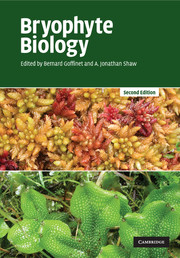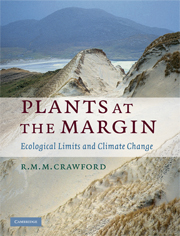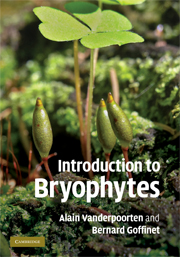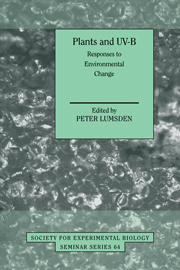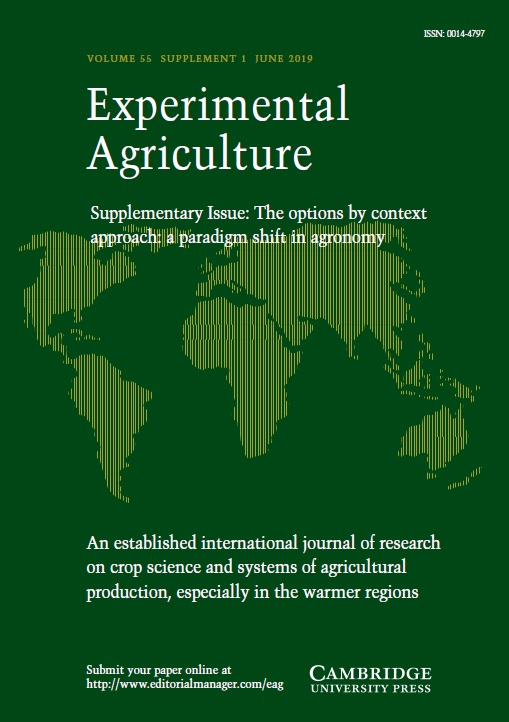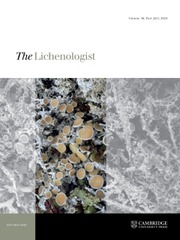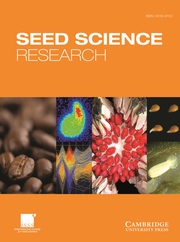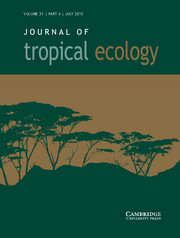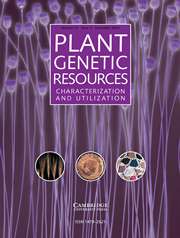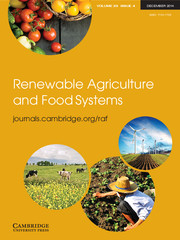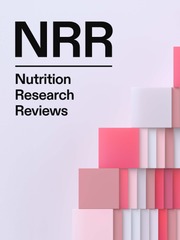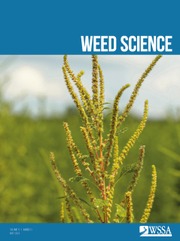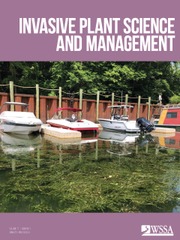Bryophyte Ecology and Climate Change
£133.00
- Editors:
- Zoltán Tuba
- Nancy G. Slack, Sage Colleges, New York
- Lloyd R. Stark, University of Nevada, Las Vegas
- Date Published: January 2011
- availability: Available
- format: Hardback
- isbn: 9780521767637
£
133.00
Hardback
Other available formats:
Paperback, eBook
Looking for an inspection copy?
This title is not currently available on inspection
-
Bryophytes, especially mosses, represent a largely untapped resource for monitoring and indicating effects of climate change on the living environment. They are tied very closely to the external environment and have been likened to 'canaries in the coal mine'. Bryophyte Ecology and Climate Change is the first book to bring together a diverse array of research in bryophyte ecology, including physiology, desiccation tolerance, photosynthesis, temperature and UV responses, under the umbrella of climate change. It covers a great variety of ecosystems in which bryophytes are important, including aquatic, desert, tropical, boreal, alpine, Antarctic, and Sphagnum-dominated wetlands, and considers the effects of climate change on the distribution of common and rare species as well as the computer modeling of future changes. This book should be of particular value to individuals, libraries, and research institutions interested in global climate change.
Read more- The first book on the subject of bryophytes as indicators of climate change, providing a valuable resource for studying this hot topic
- Covers a wide range of ecosystems and geographical ranges providing knowledge and methods applicable in whatever ecosystem researchers are working - from peatland to alpine to desert
- Models are included for predicting future changes, giving valuable insight into the present and probable future effects of climate change
Customer reviews
Not yet reviewed
Be the first to review
Review was not posted due to profanity
×Product details
- Date Published: January 2011
- format: Hardback
- isbn: 9780521767637
- length: 528 pages
- dimensions: 254 x 181 x 28 mm
- weight: 1.18kg
- contains: 79 b/w illus. 26 tables
- availability: Available
Table of Contents
List of contributors
Preface
Part I. Introductory Chapters:
1. The ecological value of bryophytes as indicators of climate change Nancy G. Slack
2. Bryophyte physiological processes in a changing climate: an overview Zoltán Tuba
Part II. Ecophysiology:
3. Climatic responses and limits of bryophytes: comparisons and contrasts with vascular plants Michael C. F. Proctor
4. Effects of elevated air CO2 on bryophytes: a review Zoltán Tuba, Edit Ötvös and Ildikó Jócsák
5. Seasonal and interannual variability of light and UV acclimation in mosses Niina M. Lappalainen, Anna Hyyryläinen and Satu Huttunen
Part III. Aquatic Bryophytes:
6. Ecological and physiological effects of changing climate on aquatic bryophytes Janice Glime
7. Aquatic bryophytes under ultraviolet radiation Javier Martinez-Abaigar and Encarnación Núñez-Oliver
Part IV. Desert and Tropical Ecosystems:
8. Responses of a biological crust moss to increased monsoon precipitation and nitrogen deposition in the Mojave desert Lloyd R. Stark, D. Nicholas McLetchie, Stanley D. Smith and Melvin J. Oliver
9. Ecology of bryophytes in Mojave desert biological soil crusts: effects of elevated CO2 on sex expression, stress tolerance, and productivity in the moss Syntrichia caninervis Mitt. John C. Brinda, Catherine Fernando and Lloyd R. Stark
10. Responses of epiphytic bryophyte communities to simulated climate change in the tropics Jorge Jácome, S. Robbert Gradstein and Michael Kessler
Part V. Alpine, Arctic, and Antarctic Ecosystems:
11. Effects of climate change on tundra bryophytes Annika K. Jägerbrand, Robert G. Björk, Terry Callaghan and Rod Seppelt
12. Alpine bryophytes as indicators for climate change: a case study from the Austrian Alps Daniela Hohenwallner, Harold G. Zechmeister, Dietmar Moserm, Harald Pauli, Michael Gottfried, Karl Reiter and Georg Grabherr
13. Bryophytes and lichens in a changing climate: an Antarctic perspective Rod D. Seppelt
Part VI. Sphagnum and Peatlands:
14. Living on the edge: the effects of drought on Canada's western boreal peatlands Melanie Vile, Kimberli D. Scott, Erin Brault, R. Kellman Wieder and Dale H. Vitt
15. The structure and functional features of sphagnum cover of the northern west Siberian mires in connection with forecasting global environmental and climatic changes Aleksei V. Naumov and Natalia P. Kosykh
16. The southernmost sphagnum-dominated mires on the plains of Europe: formation, secondary succession, degradation and protection Janos Nagy
Part VII. Changes in Bryophyte Distribution with Climate Change: Data and Models:
17. The role of bryophyte paleoecology in quaternary climate reconstructions Gusztáv Jakab and Pál Sümegi
18. Signs of climate change in the bryoflora of Hungary Tamás Pócs
19. Can the effects of climate change on British bryophytes be distinguished from those resulting from other environmental changes? Jeffrey W. Bates and Christopher D. Preston
20. Climate change and protected areas: how well do our rare bryophytes fare? Barbara J. Anderson and Ralf Ohlemuller
21. Modeling the distribution of Sematophyllum substrumulosum (Hampe) E. Britton as a signal of climatic changes in Europe Cecília Sérgio, Rui Figueira and Rui Menezes
22. Modelling bryophyte productivity across gradients of water availability using canopy form-function relationships Steven Rice, Nathali Neal, Jesse Mango and Kelly Black
Part VIII. Conclusions:
23. Bryophytes as predictors of greenhouse gas enrichment and current climate change L. Dennis Gignac
24. Conclusions Nancy G. Slack and Lloyd R. Stark
Index.
Sorry, this resource is locked
Please register or sign in to request access. If you are having problems accessing these resources please email [email protected]
Register Sign in» Proceed
You are now leaving the Cambridge University Press website. Your eBook purchase and download will be completed by our partner www.ebooks.com. Please see the permission section of the www.ebooks.com catalogue page for details of the print & copy limits on our eBooks.
Continue ×Are you sure you want to delete your account?
This cannot be undone.
Thank you for your feedback which will help us improve our service.
If you requested a response, we will make sure to get back to you shortly.
×

